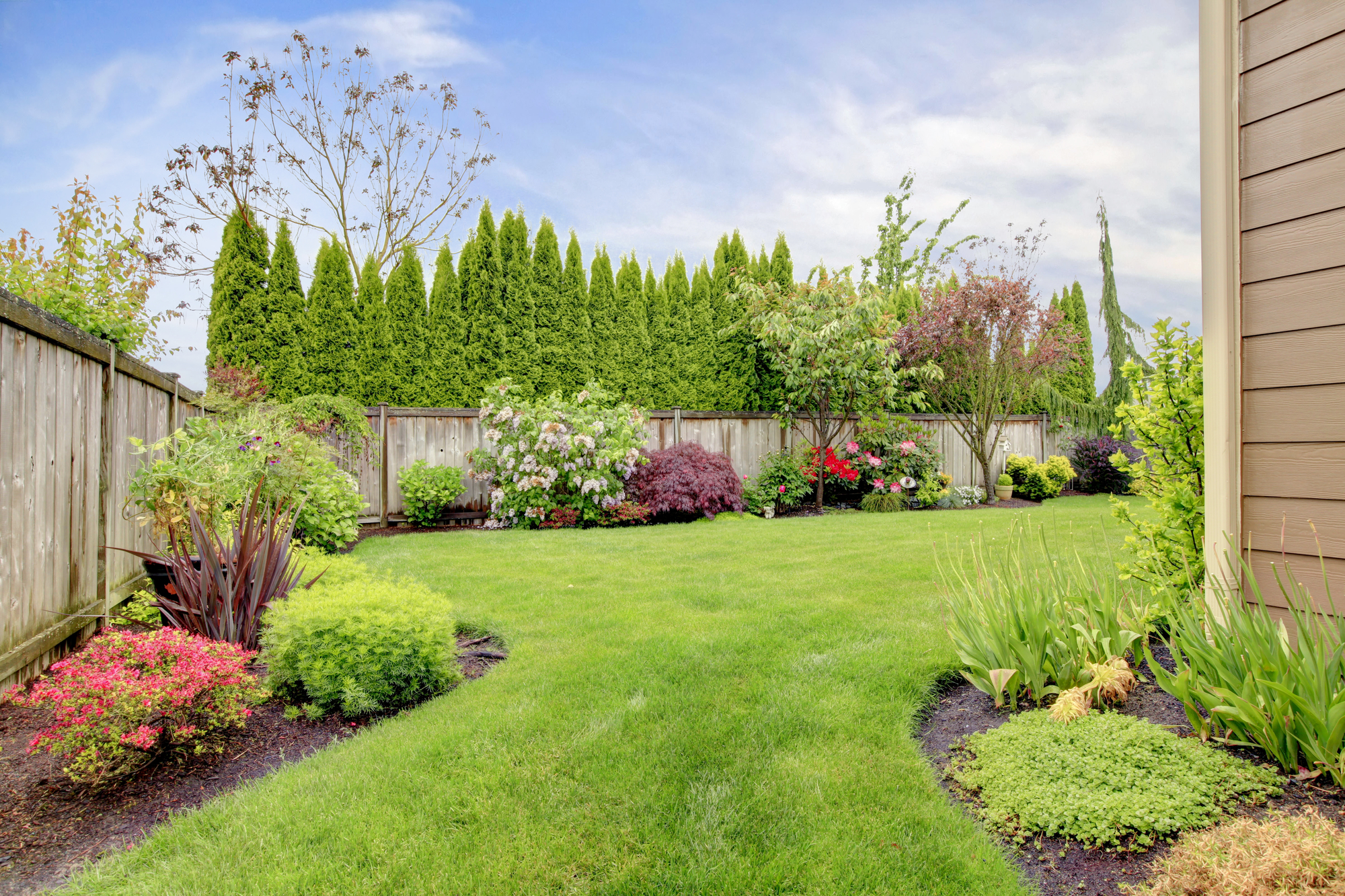How to Become a Better, More Productive Homeowners Association (HOA) Board Member in 2018
/Being a board member of a homeowners association is stressful. You have a lot of responsibilities over your shoulders. You must attend important meetings, take the right decisions and fulfill all your duties honestly. There is always the extra demand for your time and resources, thus, you must manage everything accordingly.
So, no matter how big or small your homeowners association is, here are a few tips that you and your fellow board members can use.
1. Read your governing documents
It is best to find out your role and responsibilities, and get used to how your association works as soon as possible. You must immediately read your covenants, by-laws, and all other governing documents. This way, you will know all the facts that will make it easier for you to communicate with your neighbors.
2. Review and understand the financials
Go through the financial statements and in case you do not understand anything ask your board treasurer. You may even schedule an audit if the board is not satisfied with the financials.
3. Learn before you look to change anything
Take your time and learn how you must carry out your duties. You have got a lot of time during your elected term so do not hurry. Prioritize your work. Take a closer look at all the processes and procedures before you decide to change anything.
4. Use all the available resources
Look for other resources and mentors that may help you become more productive and effective at your position. Talk to people who have previously served as board members of your homeowners association. Listen to their ideas, opinions, common problems and challenges. Learn how they faced these problems and how they overcame them. It will help you develop the intuition to make better judgement calls and decisions.
5. Thing big, think long term
Before taking any decision, think of its impact in the long term. For example, whether it is about re-carpeting the community room or sending an irresponsible neighbor to the collections attorney, think of all the possibilities that may happen. Keep your vision about your community’s goals in mind as you develop your next board meeting agenda.
6. Communication is key
Make sure that all the rules and policies are transparent and there is a positive relationship between all the members of the board, and that the community is happy with the operations of the board. Inform your community about all major issues, financial results, opportunities and ideas. Keeping them updated about all the happenings is one way of ensuring their satisfaction.
7. Patience
As a member of the board, there may be times when you encounter challenges with neighbors and other board members due to differences of opinion. However, the key is to remain patient always. Talk to them and try sorting out their queries and issues.
8. You are a fiduciary
Always remember that you are a fiduciary whose aim is to serve their community. Therefore, all your decisions must be in the best interest of your community despite when they are not in your personal best interest.




















